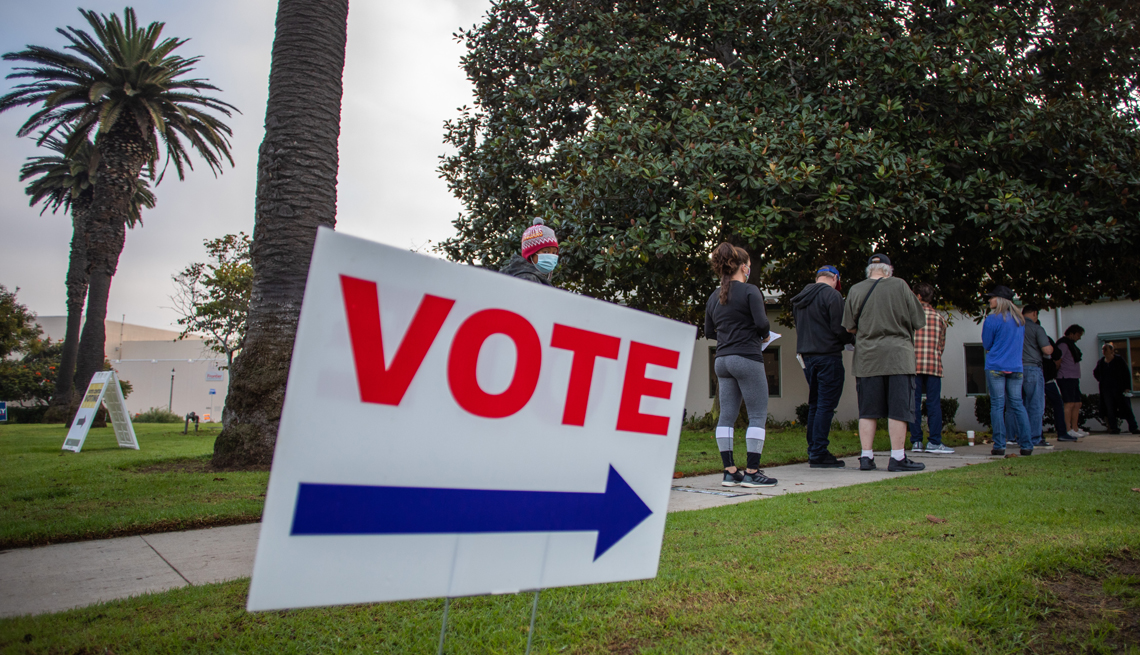Staying Fit
Roughly 67 percent of all eligible Americans cast their votes for president last November, a record turnout. But come this fall, when Americans in more than 350 large cities get the chance to elect their mayor, precedent suggests that less than 15 percent of eligible voters may show up if the election is only at the municipal level.
That level of voter turnout is bad news for America’s cities.
The fact is that for most of us, the person you elect as mayor will affect your day-to-day life more than the politicians you sent to Washington, D.C., last year. Does your street need fixing? Is there a strange odor coming from your tap water? Are the buses always late? Is a nearby abandoned building becoming an eyesore? Do your police officers have a high level of training and equipment? Usually it’s the mayor’s job to tackle those problems.


AARP Membership— $12 for your first year when you sign up for Automatic Renewal
Get instant access to members-only products and hundreds of discounts, a free second membership, and a subscription to AARP the Magazine.
The role of a mayor has become even more critical and high profile over the past few years. Mayor Ted Wheeler faced the national TV cameras in Portland, Oregon, last year during anti-racism protests. Miami-Dade County Mayor Daniella Levine Cava had to contend with national scrutiny as she dealt with safety issues after a condo building in her jurisdiction collapsed, leaving nearly 100 people dead.
Probably the most critical job of any mayor is public safety, and that responsibility has overshadowed almost everything else since the murder by a police officer of George Floyd in Minneapolis last year and other high-profile police uses of force that have dominated the news.
“It is a matter of life and death on the streets of America’s cities,” says Phil Keisling, a former Oregon secretary of state who has studied voter turnout in local elections and advocates for greater ballot access. “Your child who is a minority may get pulled over for driving with an expired license and may well end up dead because of policies of the mayor and police force. Your chance to own a home may never be above zero percent because of certain policies in your city.”



































































